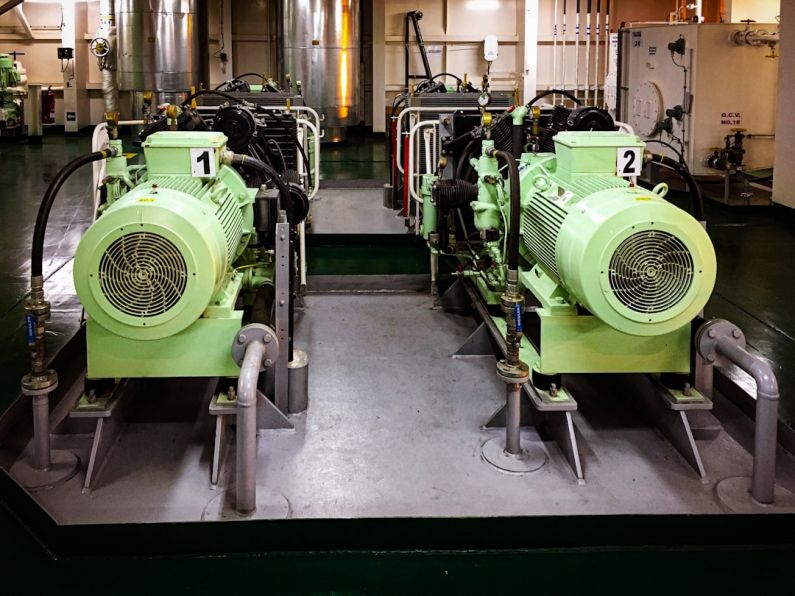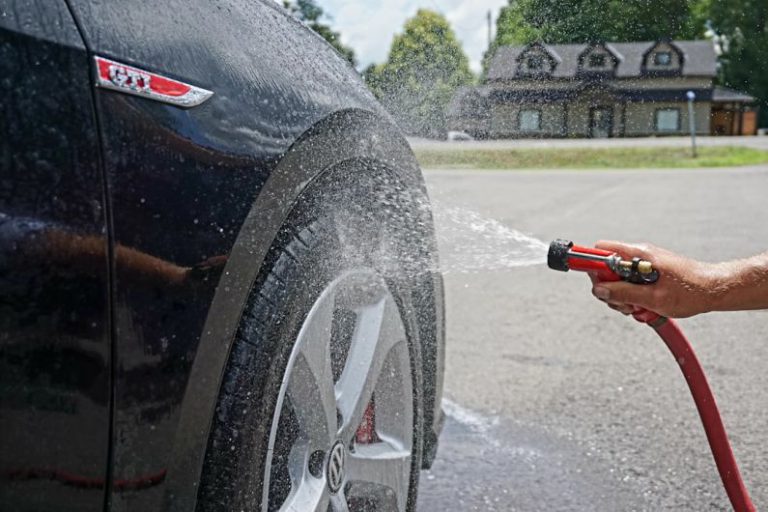Fuel Efficiency and Retreaded Tires: Maximizing Mileage
Every driver’s dream is to get the most out of every drop of fuel and every mile traveled. With the constantly rising prices at the pump, maximizing fuel efficiency has become a top priority for many. One often overlooked aspect of achieving optimal fuel efficiency is the use of retreaded tires. In this article, we will explore how retreaded tires can help drivers save money while also reducing their environmental impact.
The Benefits of Retreaded Tires
Retreaded tires are essentially recycled tires that have been given a new lease on life. The process of retreading involves removing the worn tread from a tire and replacing it with a new tread. This allows the tire to be used again, extending its lifespan and reducing the need for new tire production. Not only does this benefit the environment by reducing waste, but it also has financial benefits for drivers.
Retreaded tires are significantly cheaper than new tires, making them a cost-effective option for drivers looking to save money. By opting for retreaded tires, drivers can enjoy the performance of new tires at a fraction of the cost. This cost savings can add up over time, especially for commercial drivers or those who frequently drive long distances.
Improving Fuel Efficiency
One of the key benefits of retreaded tires is their impact on fuel efficiency. The tread on a tire plays a crucial role in how efficiently a vehicle moves. Worn treads can increase rolling resistance, which in turn requires more fuel to maintain speed. By replacing the worn tread with a new tread through retreading, drivers can reduce rolling resistance and improve fuel efficiency.
Retreaded tires are designed to perform just as well as new tires when it comes to fuel efficiency. The new tread applied during the retreading process ensures that the tire grips the road effectively, leading to better traction and reduced fuel consumption. This means that drivers can travel further on a tank of gas, ultimately saving money in the long run.
Maximizing Mileage with Proper Tire Maintenance
While retreaded tires can help improve fuel efficiency, proper tire maintenance is also crucial in maximizing mileage. Regularly checking tire pressure, alignment, and rotation are essential steps in ensuring that tires are performing at their best. Underinflated tires, misaligned wheels, or uneven tire wear can all have a negative impact on fuel efficiency.
By combining retreaded tires with good maintenance practices, drivers can truly maximize their mileage. Not only will they save money on fuel costs, but they will also prolong the life of their tires and reduce their overall carbon footprint. In a time where sustainability and cost-efficiency are at the forefront of many drivers’ minds, retreaded tires offer a practical solution that benefits both the wallet and the environment.
Making the Switch to Retreaded Tires
For drivers looking to make the switch to retreaded tires, there are a few key considerations to keep in mind. Firstly, it is important to choose a reputable retreading company that adheres to industry standards and uses high-quality materials. Properly retreaded tires should meet the same safety and performance standards as new tires, providing drivers with peace of mind on the road.
Additionally, drivers should follow recommended maintenance schedules and practices to ensure that their retreaded tires perform optimally. Regular inspections and rotations can help extend the life of retreaded tires and maintain fuel efficiency. By investing in retreaded tires and taking care of them properly, drivers can enjoy the benefits of improved mileage and cost savings for years to come.
In conclusion, retreaded tires offer a practical and cost-effective solution for drivers looking to maximize their mileage and fuel efficiency. By choosing retreaded tires and practicing good tire maintenance, drivers can save money on fuel costs while also reducing their environmental impact. With the right approach and attention to detail, drivers can enjoy the benefits of retreaded tires for many miles down the road.






